
Saffron Crocus: a spicy beauty with a fascinating story
Did you ever wonder where the spice known as saffron comes from? It’s made from the stigmas or “threads” found in the centre of the blooms of Crocus sativus. However, it’s unlikely you’ll find real saffron spice on supermarket shelves. With a price that can be over £7,500 per pound, it’s not exactly the kind of spice most people would use with abandon.
You won’t make a fortune harvesting it from your garden; you will need 4,500 flowers to make a single ounce of the pricey spice. Luckily, it’s a spice that’s used very, very sparingly. A few dozen flowers should give you a usable amount of saffron if you choose to try harvesting it yourself. Dry the threads carefully, and use just a few in hot water to extract the saffron. Then add the whole mixture, threads and all to your cooking.
As for the blooms, they are so pretty that you won’t mind the fact that you’re unlikely to make a fortune out of growing crocuses. Just enjoy the flowers while keeping the exotic history in mind. What’s not to love about a plant with a story to tell?
A long and distinguished history
Although saffron is so difficult to harvest, dry and accumulate enough of to make the fortunes it is sold for, it has always been considered as the most valuable spice in the world. Historians say that humankind has been fascinated by saffron for over 3,500 years. Minoan frescos that could date back from a date estimated very broadly as being anything from 3,000 BC to 11,000 BC have been found, and it is believed that saffron was highly valued as a medicine at this time.

The ancient Egyptians certainly saw it as an important medicine, and are believed to have used it to treat a wide range of ailments, while other cultures added extra uses to the list. Saffron has been used as a dye, pigment, cosmetic, deodoriser, offering to the gods, and as a spice for food.
The humble plant, which is thought to have originated in Greece has been taken all over the world, and has been grown and prized by people of many cultures. Interestingly, the Saffron Crocus is unable to reproduce through seeds, and it is believed that it is a variant of Crocus cartwrightinaus that was selected and vegetatively propagated for the sake of its elongated stigmas.
As you can imagine, the sought after spice was a very important item of trade goods. It didn’t take up much space, and it fetched a very high price, so much so, that pirates would pass up gold in favour of saffron when raiding traders on the high seas.
Saffron Crocus as a garden plant
We usually think of spring as being the season for the best blooms, but the lovely Saffron Crocus flowers in autumn after a summer dormancy. As a result, you’d plant the bulbs in autumn to flower the following autumn.

Choose a sunny spot with well-drained soil that is likely to be fairly dry during the summer (rockeries are ideal). Unless your winter temperatures are less than -17C, Crocuses won’t need extra winter protection, and will thrive happily from year to year. If you start noticing a reduction in flowering, it’s time to divide the clumps of corms. Amazingly, that’s all you need to know. The Saffron Crocus is remarkably easy to grow.
There’s just one last thing we ought to tell you: expect butterflies!
They can’t resist your saffron crocuses...

































































































































































































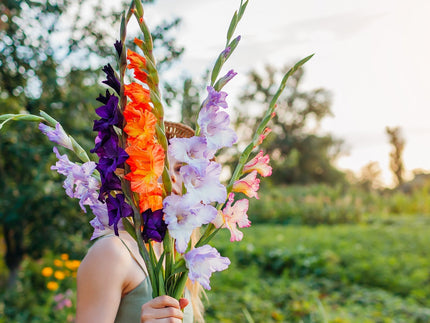
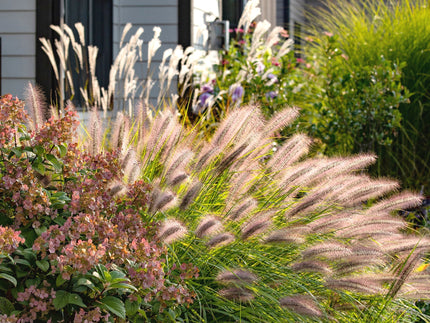
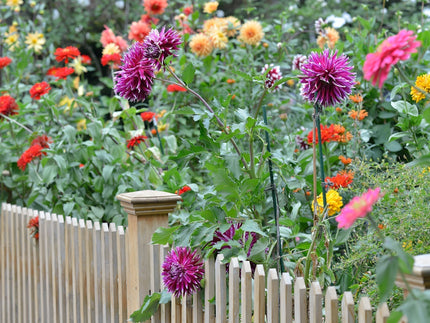
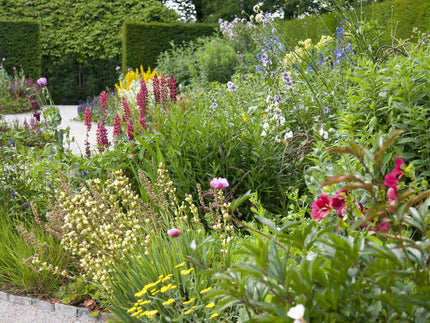
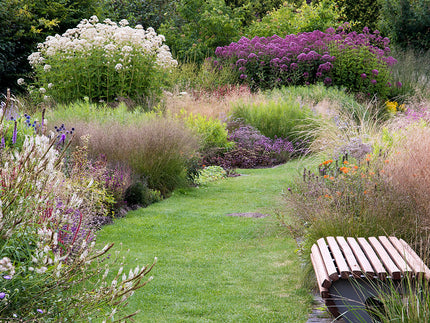
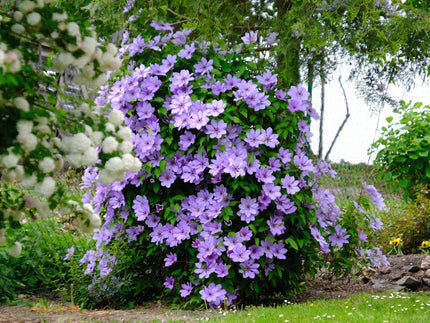


1 comment
Me gustan los bulbos de los nardos y el azafran los mardos de colores como puedo hacer una reserva